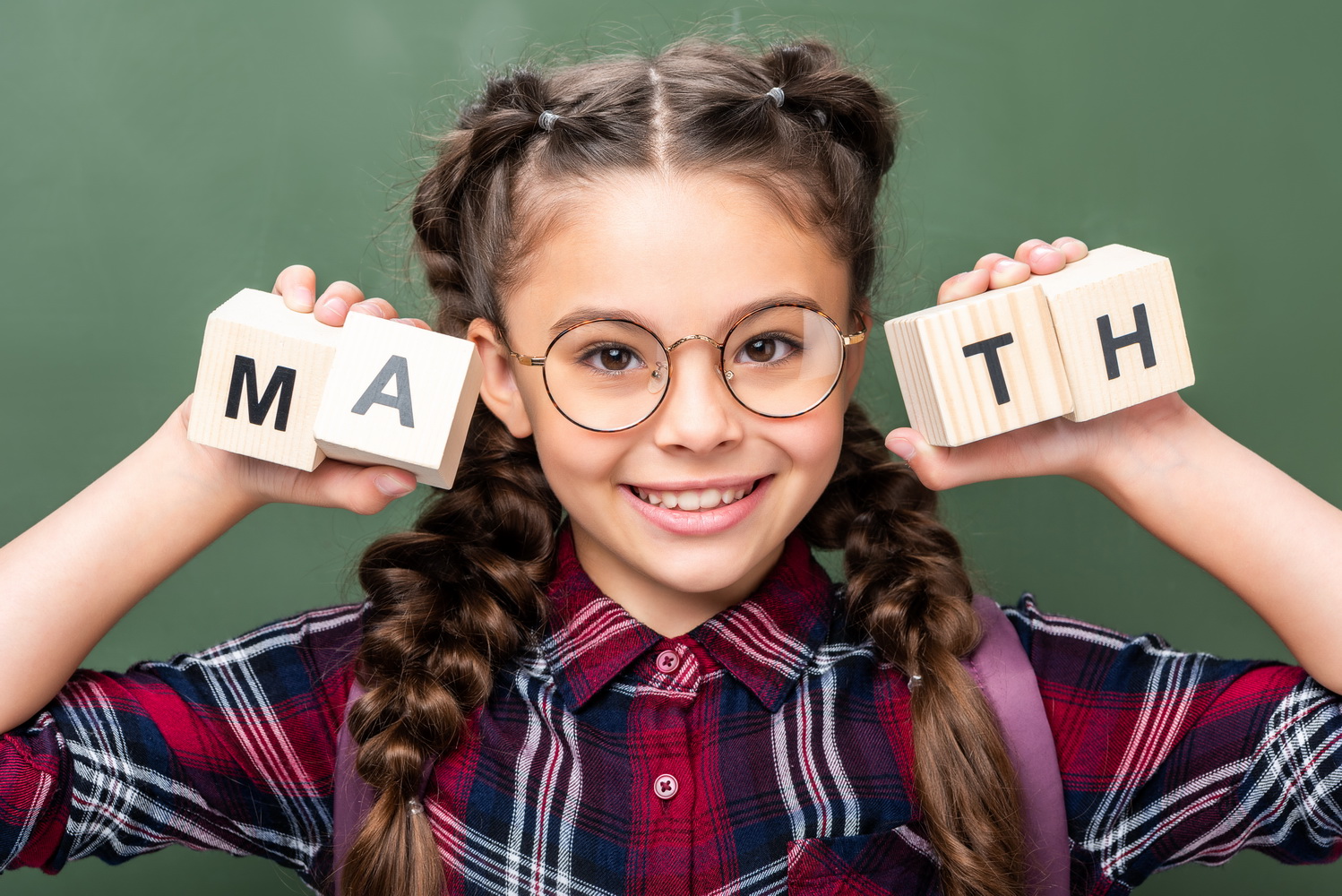Visual perception Geometry Worksheets for Ages 4-6
5 filtered results
-
From - To
Discover our engaging Visual Perception Geometry Worksheets specifically designed for children ages 4-6. These fun and interactive activities nurture young learners' spatial awareness, shape recognition, and critical thinking skills. Each worksheet is crafted to captivate students' attention while providing them with foundational geometry concepts. Through colorful illustrations and age-appropriate exercises, children will develop their ability to identify and discern different shapes and patterns. Designed by educators, these resources facilitate independent learning and help build confidence in young mathematicians. Jumpstart your child’s journey in understanding geometry with our exciting worksheets, perfect for home or classroom use!
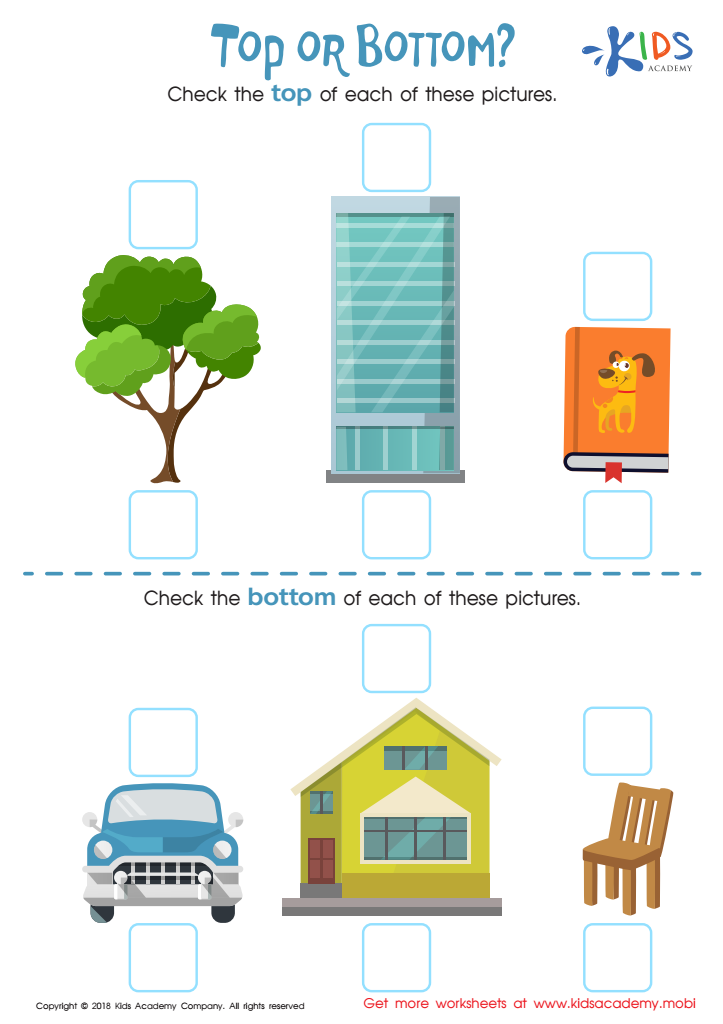

Top or Bottom Worksheet
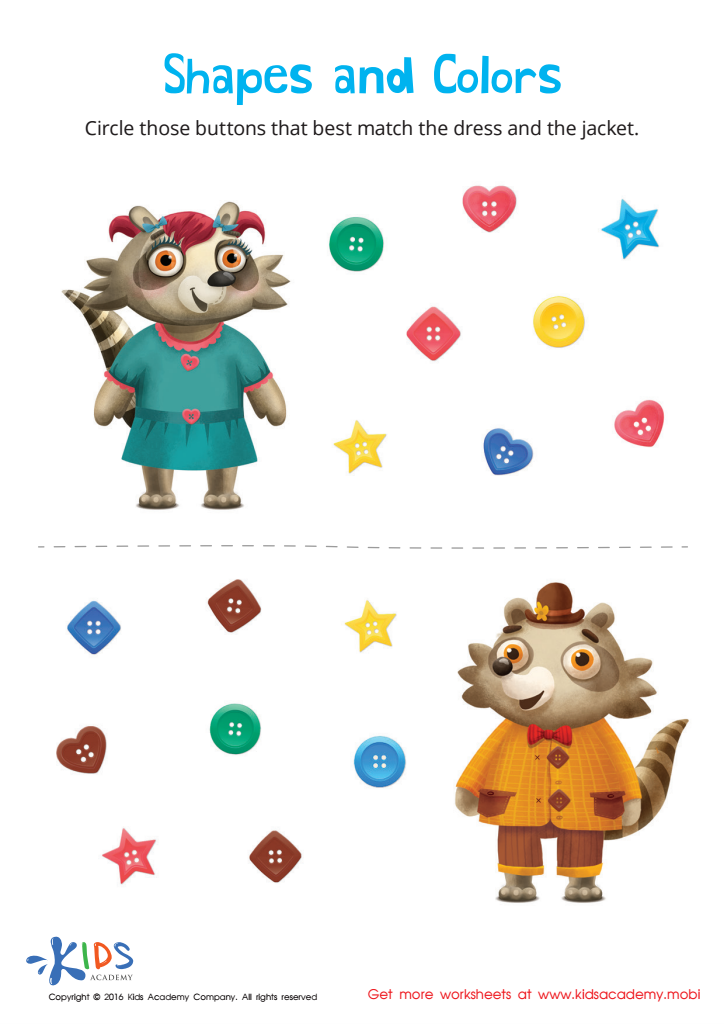

Matching: Shapes and Colors Worksheet


Preschool Geometry Match Up Worksheet
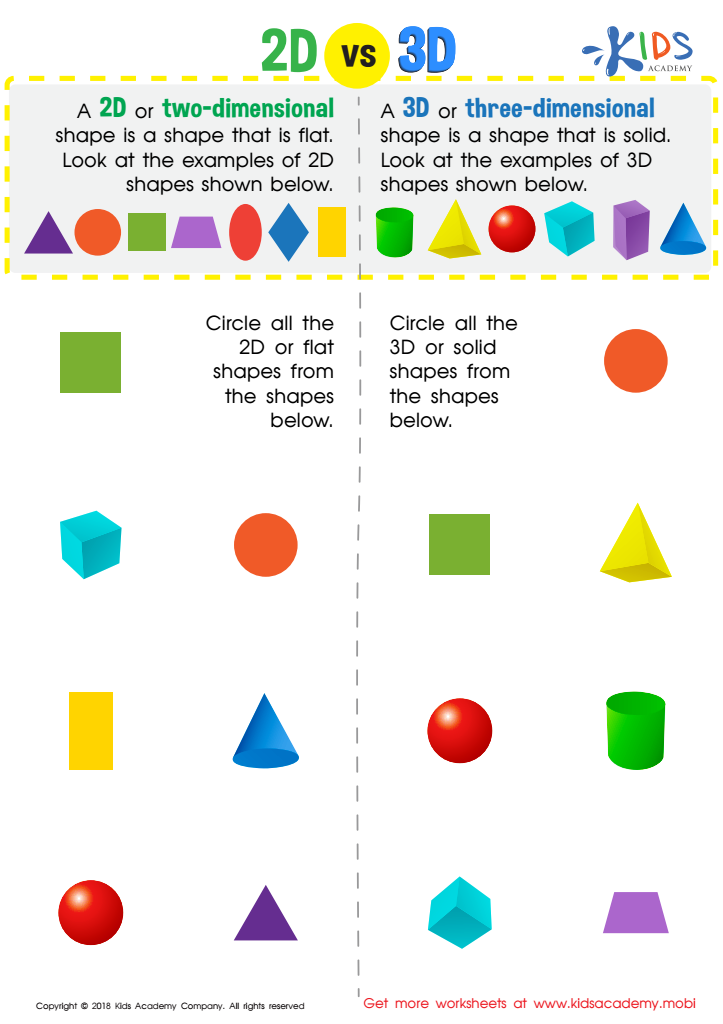

2D vs 3D Shapes Worksheet
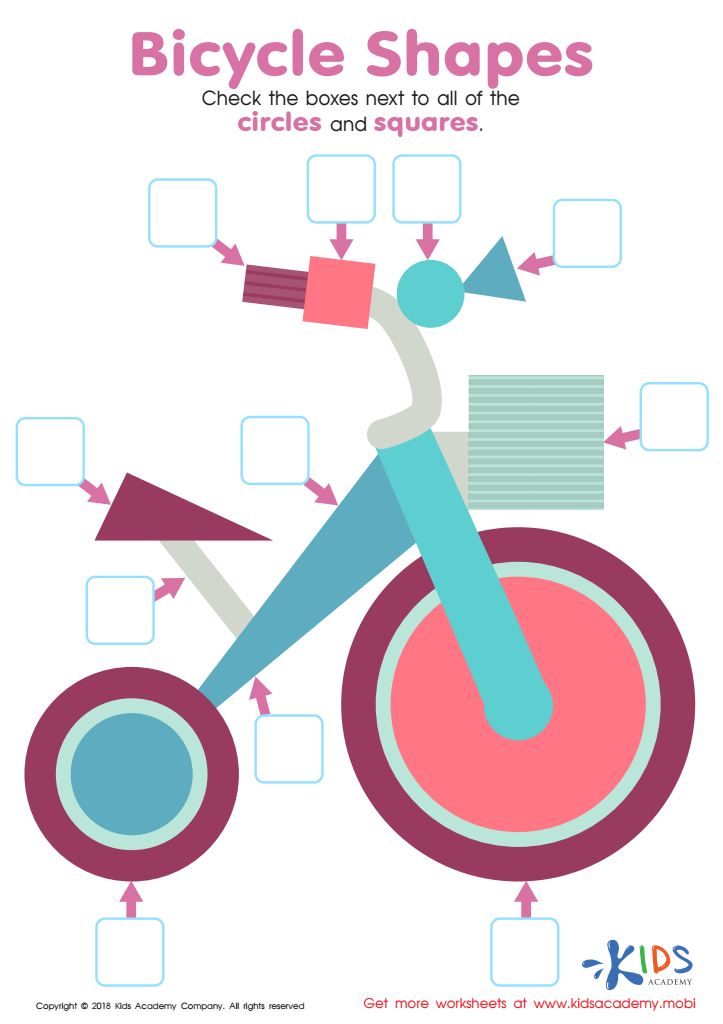

Bicycle Shapes Worksheet
Visual perception in geometry is crucial for children aged 4-6 as it lays the foundation for their mathematical understanding and overall cognitive development. At this age, children are naturally curious and eager to explore shapes, sizes, and spatial relationships. Strong visual perception skills help them recognize, differentiate, and manipulate geometric shapes, which enhances their problem-solving abilities and critical thinking skills.
Parents and teachers should care because visual perception directly impacts children's learning in various subjects. Geometry fosters spatial awareness, which is essential in everyday tasks such as navigating environments, understanding maps, and organizing objects. Additionally, these skills prepare children for more advanced mathematical concepts encountered in later grades.
Engaging with geometry through playful activities encourages creativity and enjoyment in learning. Moreover, visual perception plays a significant role in literacy development, as recognizing shapes and patterns aids in letter and number recognition. By supporting children’s visual perception skills, adults can provide them with tools to build confidence and stay motivated in their educational journeys. Ultimately, a strong foundation in visual perception leads to better academic performance and critical life skills that will benefit children throughout their lives.
 Assign to My Students
Assign to My Students
















